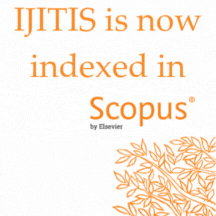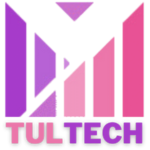Albanian’s Fish Skin, Sustainability and Circular Economy
DOI:
https://doi.org/10.15157/IJITIS.2022.5.1.851-857Keywords:
Albanian fish skin, circular economy, leather industry, leather sustainability, alternative leatherAbstract
Leather from fish skins is by no means a new product for Albania. Regularly, this raw material goes unused and is dumped back into the sea, therefore it is wasted. Worldwide with changing consumer tastes, the circular economic practices, and sustainable sourcing, fish skin is a strong candidate to become an industry-shifting material. This is as well the best, most efficient technique to bring sustainability to the leather industry in the country and transform it into a cleaner and more circular sector. The aim of this research is to study the Albanian’s fish skin by using traditional tanning techniques to find alternate, sustainable techniques of making leather. The physico-mechanical properties of Albanian fish skins, were determined, where all fish leathers showed adequate physical strength to be used in the manufacture of leather goods such as clothing, footwear, wallets, and many other products.









